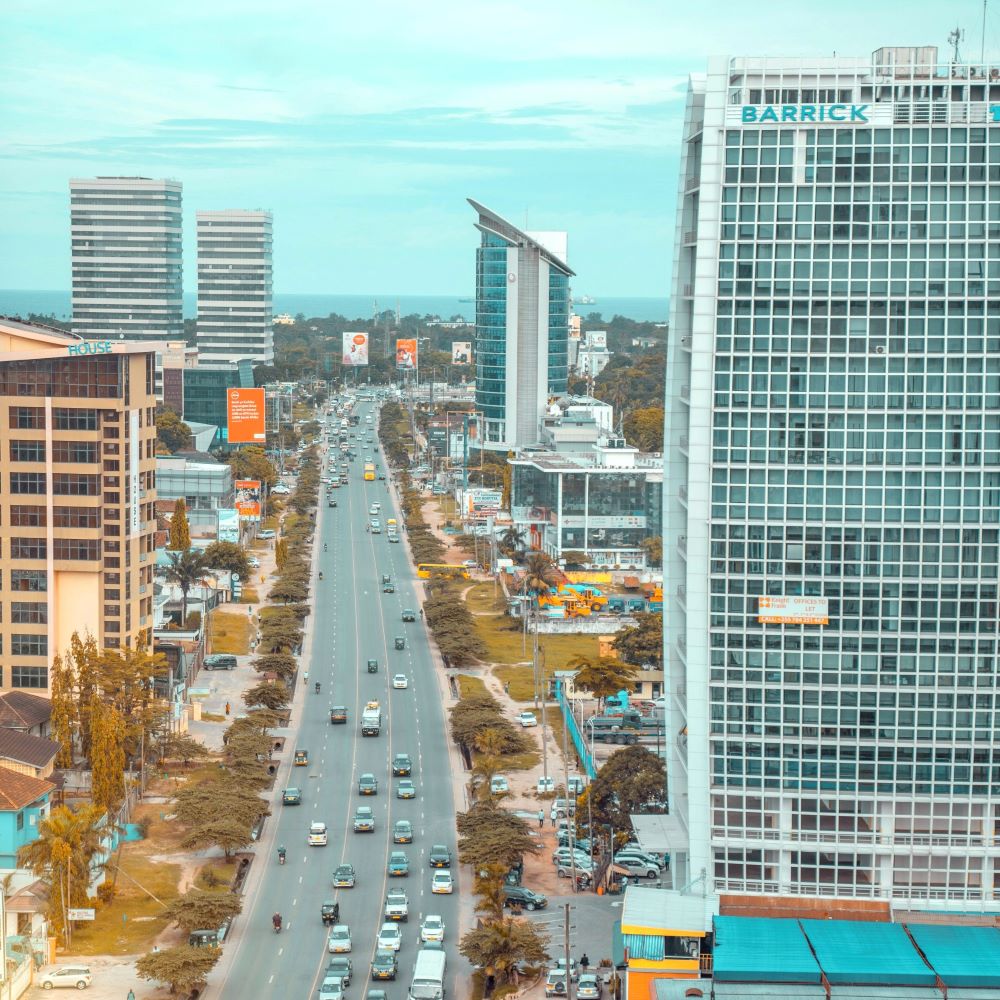In 2050, Africa’s cities will look nothing like they do today. Projections show the continent’s urban population tripling, with nearly two-thirds of Africans living in towns and cities. Seventeen of those will be “mega-cities” with populations above 10 million, placing Lagos, Kinshasa, and Cairo alongside the world’s largest metropolitan areas. Nigeria’s urban population alone is expected to reach 250 million, the fourth largest globally, while Egypt will rank in the top ten with 147 million.
For investors, this demographic transformation should not be viewed as a looming crisis of overcrowding and strained infrastructure. It is, in fact, the single largest growth opportunity of the century. The question is not whether Africa will urbanise, but how investors and governments choose to manage and monetise this transformation.









